Name Jagmohan Malhotra Preceded by K. V. Krishna Rao Succeeded by P. G. Gavai | Succeeded by K. V. Krishna Rao | |
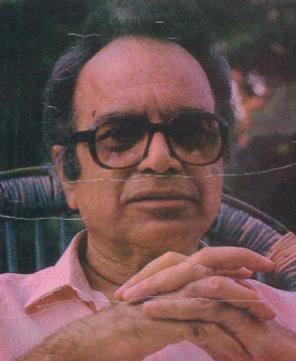 | ||
Books My Frozen Turbulence in Kashmir, Island of truth | ||
Walk The Talk: Jagmohan (Aired: September 2004)
Jagmohan Malhotra (born September 25, 1927 in the railway colony of Cheecho Ki Malian, West Punjab), known by the mononym Jagmohan, is a former Indian civil servant and politician belonging to the Bharatiya Janata Party. He served as the Lieutenant Governor of Delhi and Goa, as well as the Governor of Jammu and Kashmir. He was also elected to the Lok Sabha (the lower house of the Indian Parliament) and served as the Union Minister for Urban Development and Tourism.
Contents
- Walk The Talk Jagmohan Aired September 2004
- Dr subramanian swamy at gokuldas jagmohan hall malad mumbai for hindi vivek part 1
- Life and career
- Governor of Jammu and Kashmir
- In BJP
- Awards and honors
- Positions held
- Books authored
- References
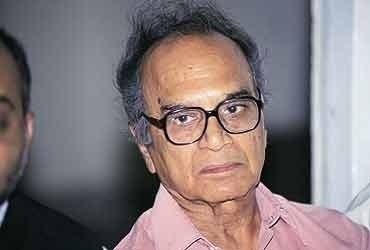
Dr subramanian swamy at gokuldas jagmohan hall malad mumbai for hindi vivek part 1
Life and career
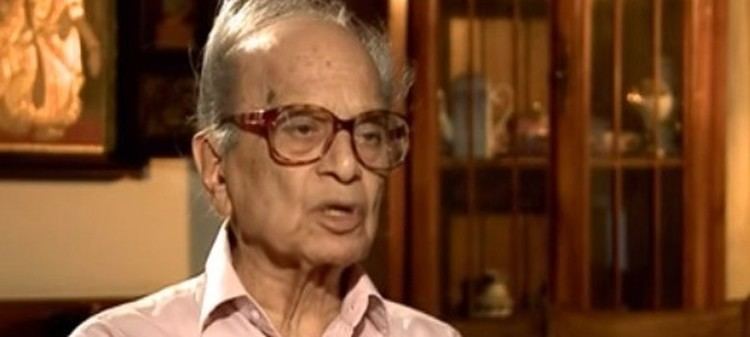
Jagmohan first gained notoriety during his stint as vice-chairman of the Delhi Development Authority in the mid 1970s. During this time he grew close to Sanjay Gandhi, who began to wield increasing clout in the functioning of his mother Prime Minister Indira Gandhi's government. During the Emergency (1975–77), Sanjay Gandhi entrusted Jagmohan with the "beautification" of Delhi, a task that involved large-scale demolition of slums. These beautification drives disproportionately affected Muslims, traditionally Congress-party voters, who disenchantment contributed to Indira Gandhi's massive defeat in the 1977 general election. Despite this Jagmohan, already a Padma Shri since 1971, was awarded the Padma Bhushan in 1977.
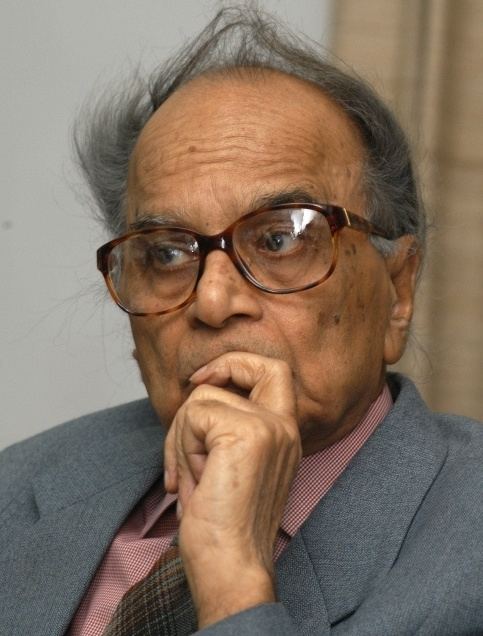
In 1982, as Delhi hosted the Asian Games, Jagmohan served his second term as the city's Lieutenant Governor. The games were a success and he was credited for his capable administration of the city at the time. Later Delhi hosted the Non-Aligned Summit, which was also a success.
Governor of Jammu and Kashmir
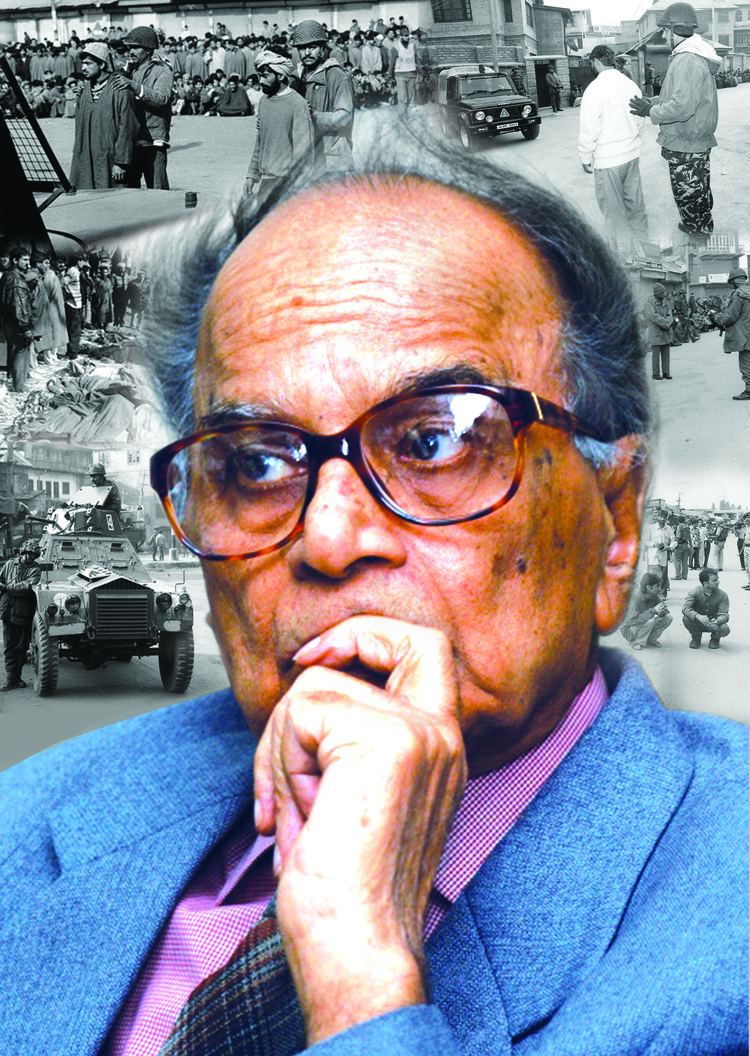
During his tenure as Governor of Jammu and Kashmir (1984–89), militancy in the troubled state was at its peak. Pakistan premier Benazir Bhutto in a series of speeches notoriously threatened to make him "Bhagmohan" (implying he would flee out of fear) and "Ham us ko jag jag mo mo han han bana denge" (implying he would be cut/torn to pieces by militants). In Jammu and Kashmir, Jagmohan is credited for bring order to one of the most revered shrines of Hindus, called Mata Vaishno Devi. He created a board that continues to provide administration for the shrine. Infrastructure was developed and that continues to facilitate pilgrims. However, allegations persist that he was involved in extra-legal crackdowns in Kashmir engineered by Mufti Mohammad Sayeed. In 1989, when militancy re-exploded in Kashmir, Jagmohan was as its Governor by Prime Minister V. P. Singh's government. Till then Jagmohan had enjoyed the confidence of Congress, including Indira Gandhi's other son Rajiv Gandhi. However, he fell out with them due to different views on Jammu and Kashmir, and joined their rivals the BJP.

The 1990s exodus of Kashmiri Pandits occurred during the Jagmohan's tenure.
Observers state that, during his tenure as Governor of Jammu and Kashmir, Jagmohan has failed to distinguish between the secular forms and Islamist expressions of Kashmiri identity, and hence saw that identity as a threat. This failure was exploited by the Islamists of the valley, and conflicts during his rule often turned communal. Jagmohan was said to have harboured 'Hindu nationalist' sympathies for his several policies while ruling the state. In 1986, on the occasion of the Hindu festival of Janmashtami, he imposed a ban on the slaughter of livestock, which provided an opportunity for the Islamists to gain momentum. The south Kashmir clerical leader, Qazi Nisar, promptly defied the ban by performing slaughter openly in Anantnag's main town square - the act which turned him into a strong leader, who later became one of the main founding members of Muslim United Front. The political fight during Jagmohan's rule was hence expressed as a conflict between "Hindu" New Delhi (Central Government), and its efforts to impose its will in the state, and "Muslim" Kashmir, represented by political Islamists and clerics.
In BJP
When the BJP's Atal Bihari Vajpayee became Prime Minister in 1998, Jagmohan served in his cabinet in a variety of portfolios, including communications, urban development and tourism. During the 1990s, Jagmohan had served as nominated MP in the Rajya Sabha in 1990–96, and won a hat-trick of Lok Sabha elections from New Delhi (1996, 1998 and 1999).
Awards and honors
On the basis of his service record and recommendations made by top civil servants, he was honoured, on January 26, 1971, with the award of Padma Shri by the President of India, "for formulation and implementation of the Delhi Master Plan and for playing a pioneering role in planning and implementation of projects in Delhi". He was functioning as the Vice-Chairman of Delhi Development Authority
With a merger revolving fund of just Rs. Five crore, Jagmohan launched large number of land acquisition and development schemes, showcasing how development effort could be financed by creating facilities – thus increasing value of the state land resources. For a series of innovations of this genre, good management skills, and for "his meritorious services to the country" he was awarded Padma Bhushan in 1977. In 2016, Padma Vibhushan was awarded to him. As Implementation Commissioner, and later as Vice-Chairman, Delhi Development Authority, Jagmohan executed, with his usual zeal, the various Parliament approved schemes of Clearance-cum-Resettlement-cum Redevelopment which the vested interests in politics labelled as demolition drives.
Positions held
During the 1990s, Jagmohan had served as nominated MP in the Rajya Sabha (the upper house of the Indian Parliament) from 1990–96. Later, he was elected to the Lok Sabha (the lower house of the Indian Parliament) thrice from New Delhi.
